As a popular material in the injection molding industry, the application of ABS is ubiquitous, ranging from 3D printing to automotive parts and household goods.
However, with its widespread use, questions about its safety have also come to the fore.
Is ABS plastic safe? What are its impacts on health and the environment?
In the following content, we will reveal the safety of ABS and its real impact on our health and the environment from a comprehensive perspective.
What Is ABS Plastic?
ABS plastic is a terpolymer composed of acrylonitrile, butadiene, and styrene.
The relative content of these three monomers can be varied to produce various resins.
ABS is non-toxic and odorless, with an opaque, ivory-colored, granular appearance. It is currently one of the most produced and widely used polymers.
Originating as a modification of polystyrene plastic , ABS has evolved due to its exceptional toughness, stiffness, and hardness, rivaling PS in usage.
Its applications now significantly exceed those of PS, establishing it as a unique plastic variant separate from PS.
Initially grouped with engineering plastics, ABS’s rapid growth in production brought it close to its progenitor, PS.
Consequently, from 2000 onwards, it has been classified among general-purpose plastics, emerging as major variety in this category.
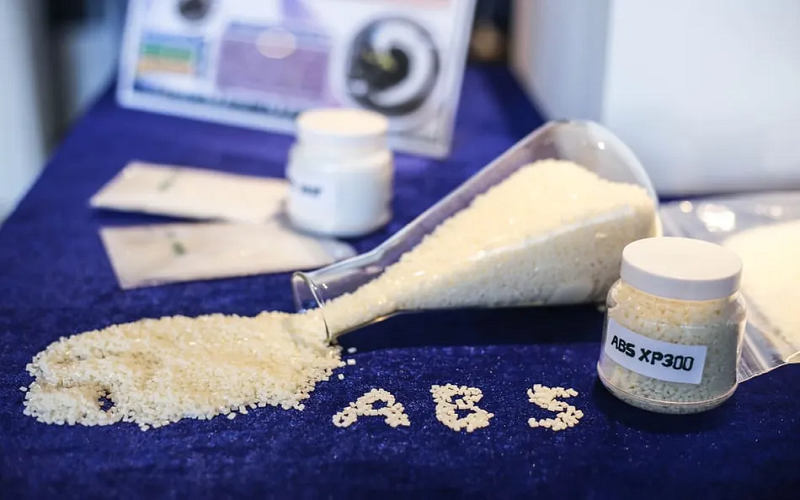
What Makes Up ABS Material?
The main chain of the ABS macromolecule is made up of three structural units (acrylonitrile, butadiene, and styrene) connected repeatedly.
The varying structures of these monomers endow ABS plastic with a combination of excellent properties derived from each component.
The addition of acrylonitrile not only enhances the material’s chemical resistance but also improves its temperature tolerance, which is crucial for applications in 3D printing and automotive parts.
Simultaneously, the toughness of butadiene ensures that ABS is less prone to breakage upon impact, enhancing abs plastic safety in use.
Furthermore, the transparency and electrical insulation properties of styrene expand the use of ABS in electronic products and transparent material applications.
These characteristics together ensure the safety and reliability of ABS under various usage conditions, making it a trustworthy material in numerous fields.

The Manufacturing Process of ABS
Firstly, the injection molding industry is one of the primary consumers of ABS plastic: the material boasts excellent rigidity, high impact resistance, and lightweight characteristics, all at a very affordable price.
The injection molded ABS parts typically have minimal tolerances and consistent quality, ensuring product reliability and safety.
On the other hand, ABS is also a popular material in the FDM 3D printing market, being one of the earliest filaments used alongside PLA — both materials are easier to print than other technical and inexpensive thermoplastics.
However, when using ABS for 3D printing, the process can generate fumes that may contain styrene, a compound that can be harmful to the human body if inhaled in large quantities or over prolonged periods.
It is advised to use 3D printers in well-ventilated areas, or use printers equipped with enclosed chambers and filtration systems to reduce this risk.
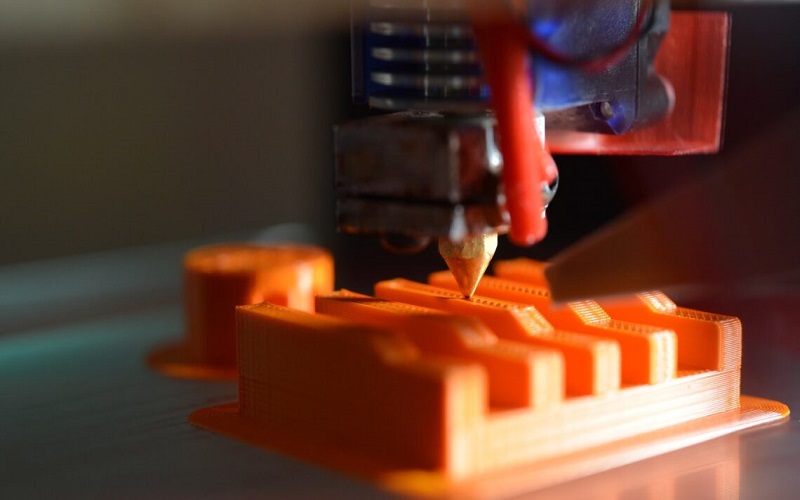
Is ABS Plastic Safe?
Returning to our initial question: Is ABS safe? From the material standpoint, ABS plastic is safe as it does not contain any known carcinogens.
This contrasts with the safety of PVC, which often contains phthalates that can be harmful to human health and the environment.
However, ABS has an oxygen index of 18.2%, classifying it as a flammable polymer.
When ABS plastic burns, it produces black smoke and releases toxic gases, including harmful compounds such as styrene and butadiene.
These gases can be hazardous to human health, especially in poorly ventilated conditions.

Common Applications For ABS: Combining Safety And Durability
ABS combines excellent mechanical properties, such as toughness, hardness, and rigidity, with good chemical resistance, making it widely used in automotive parts, electronic casings, and everyday consumer goods.
In the automotive industry, the high strength and heat resistance of ABS are suited for manufacturing components like dashboards, interior parts, and bumpers.
Ensuring the safety and durability of car parts in various conditions.
Additionally, the good electrical insulation properties of ABS plastic make it an ideal choice for protecting electronic components from damage.
In household products, ABS is considered a safe material due to its durability and is used in making various home appliances, such as telephones and vacuum cleaners.
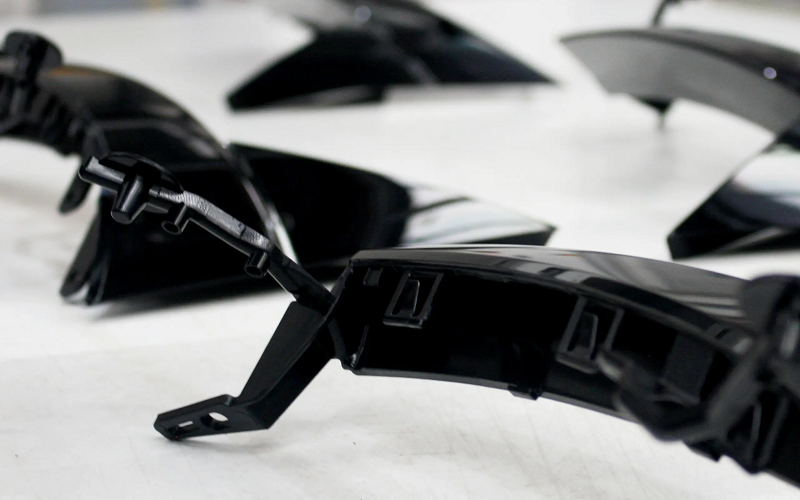
ABS and Toys:Non-toxic Products
ABS is a non-toxic material, free from harmful plasticizers and heavy metals, and is also the commonly used material in globally renowned LEGO bricks.
This non-toxic feature reassures parents and caregivers about the safety of ABS toys, meeting the growing consumer demand for safe, child-friendly materials.
Additionally, the excellent wear resistance and impact strength of ABS ensure that its products can withstand frequent use and rough handling, reducing the risk of toys breaking and potentially injuring children.
Therefore, these safety features and characteristics also secure its position in high-end plastic toy brands.

Comparison Of ABS and Other Materials
Generally speaking, if you’re looking for a tougher material with better mechanical properties, you would want to choose ABS.
In addition to being heat-resistant and having a higher thermal deformation temperature, it is also more impact-resistant, more durable, and lighter than PLA.
When comparing ABS vs PVC, ABS is considered non-toxic and safe for consumer product use, whereas Polyvinyl Chloride often contains harmful additives such as phthalates.
Moreover, In the battle of Nylon vs ABS,Nylon exhibits higher water absorption and heat resistance than ABS.
But while ABS is not biodegradable, it has certain advantages over Nylon in terms of recyclability.
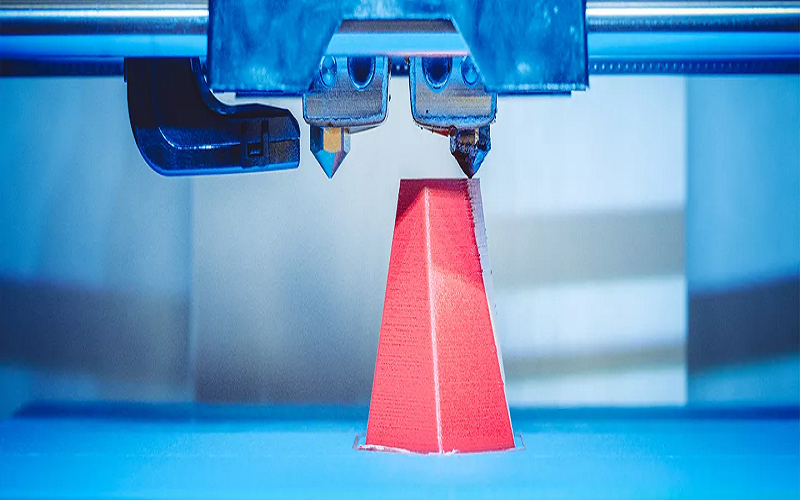
The Environmental Impact of ABS:Is A Sustainable Option?
As is well known, PLA is made from organic sources like corn or sugarcane, while ABS, like most standard plastics, is derived from petroleum.
This composition impacts the “sustainability” of ABS material. Being a synthetic thermoplastic polymer, it is difficult to biodegrade.
This means that improperly handled ABS products can persist in the environment for long periods, potentially polluting soil and water bodies.
The production process of ABS involves the use of petrochemicals, which is associated with energy consumption and greenhouse gas emissions, thereby having a negative impact on the environment.
When it comes to recycling ABS, it is often sent to landfills or incinerated, releasing toxic chemicals like styrene and butadiene during the burning process, posing a threat to air quality and the surrounding environment.
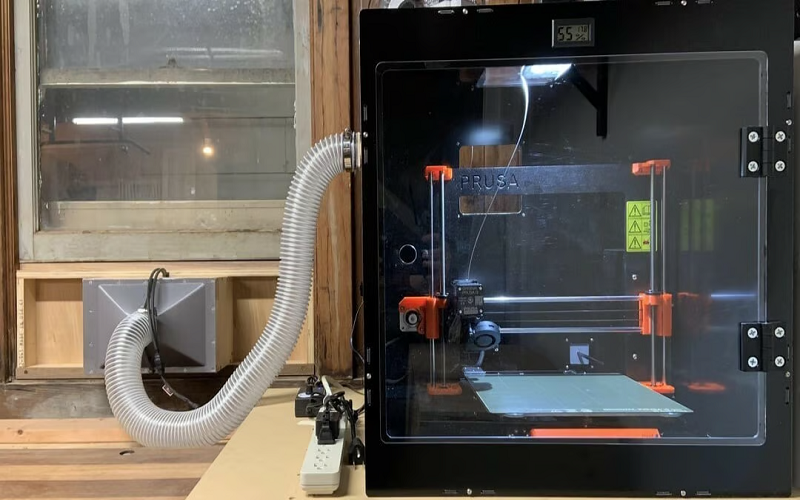
ABS and Human Health: Evaluating Potential Risks
With increasing health awareness among people, the question of whether ABS poses any risks to human health has become a topic of considerable concern.
In fact, under normal usage conditions, ABS is non-toxic and harmless. It does not contain harmful chemicals like BPA (Bisphenol A) or phthalates.
However, during processing, especially in 3D printing, ABS may release volatile organic compounds (VOCs) like styrene.
If these gases accumulate in poorly ventilated environments, they could potentially irritate the respiratory system.
This is another reason why it’s strongly advised to use enclosed printer casings and air filters when using ABS, to prevent fumes from being released into the workspace.
Although ABS is considered safe for regular applications, appropriate precautions should still be taken in certain scenarios, such as during processing or when burning, to protect human health.

Regulations And Standards: How To Use ABS Safely?
To enhance the safety of ABS products, many countries have established corresponding regulations and production standards.
For instance, ABS used in manufacturing children’s toys must comply with specific safety standards, such as the ASTM F963 standard in the United States or the EN 71 standard in the European Union.
Many ABS products are required to undergo certifications from organizations like ISO or UL to ensure they meet global quality and safety standards.
Plastic manufacturers and consumers should adhere to these regulations when producing or using ABS products to minimize the material’s impact on the environment and health.
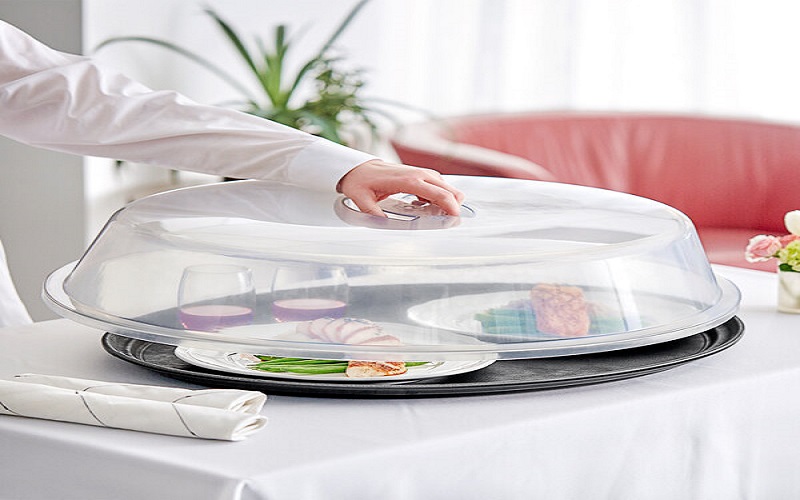
Conclusion
In conclusion, ABS is a thermoplastic with outstanding properties, but its application must be in compliance with safety and environmental standards.
It is non-toxic under normal usage conditions and does not contain harmful chemicals like Bisphenol A (BPA) and phthalates. However, it can produce harmful substances when processed or burned.
Therefore, it is crucial to avoid high-temperature sterilization methods for products made from ABS material and to follow the relevant usage regulations and standards.
FOWMOULD will continue to focus on the potential impacts of plastics on the environment and health alongside you.
